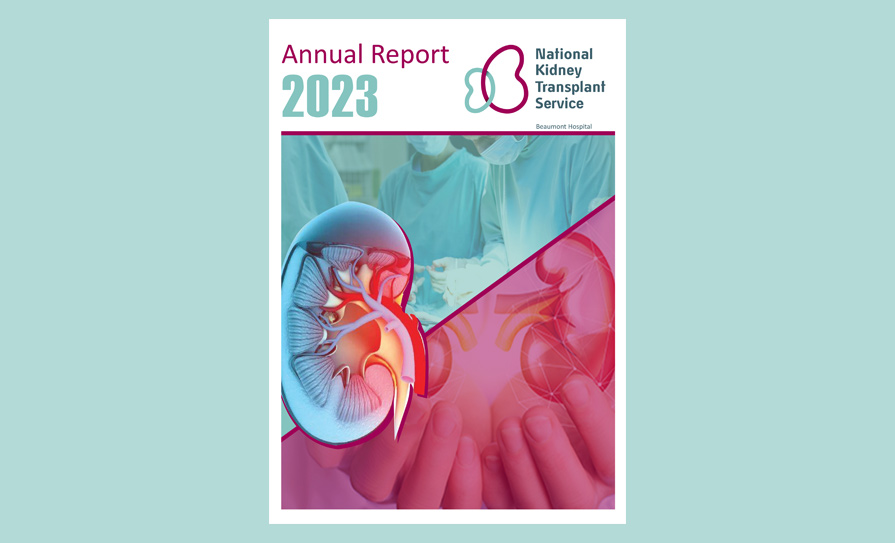The risk of carbapenemase-producing Enterobacterales (CPE) becoming “more widespread and endemic” throughout the Irish healthcare system “still exists” despite progress in understanding and controlling the rate of spread, according to the HSE.
A CPE summary report by the Health Protection Surveillance Centre (HPSC) for June 2020 stated there were 59 patients newly identified with CPE during that month, and 16,527 CPE surveillance samples were reported from HSE laboratories in May.
“This is much less than the number of tests per month that were being performed before the Covid-19 pandemic,” according to the report.
“The provisional total of new patients for the first 26 weeks of 2020 is 256. The total for the corresponding period in 2019 was 331. The reduced number of newly detected patients with CPE and the reduced number of CPE tests are likely to be related to reduced hospital activity in the context of the Covid-19 pandemic.
“The most recent data show a substantial increase in new detections of CPE in line with scaling back up of hospital activity.”
As of May, there were current CPE outbreaks reported at Tallaght University Hospital; Mater Misericordiae University Hospital, Dublin; Beaumont Hospital, Dublin; Galway University Hospitals; Portiuncula University Hospital; Cork University Hospital; and University Hospital Limerick.
The HPSC report also noted that the transmission and spread of CPE in the acute hospital setting remained the key driver of new CPE detections.
Since late 2018, there has been an increasing recognition that in addition to direct and indirect person-to-person spread, environmental reservoirs of these organisms in acute hospitals represent a significant source.
Increasing numbers of hospitals are undertaking environmental testing in wards that are deemed potential high-risk areas. Moist areas such as showers, sinks and toilets, are the most common locations from which CPE have been detected.
The spread of CPE in Irish healthcare was designated as a public health emergency in October 2017. The Department of Health has previously indicated an intention to stand down the national public health emergency team for CPE.
“Due to the circumstances related to the Covid-19 pandemic, the national public health emergency team for CPE has not yet had the opportunity to meet and the status of the public health emergency remains unchanged,” a Department spokesperson told the Medical Independent on 7 September.
A HSE spokesperson said the strategy for control of CPE is not fundamentally altered by Covid-19.
However, implementation of measures needed to control CPE “is challenging given the competing demands of Covid-19”.












Leave a Reply
You must be logged in to post a comment.